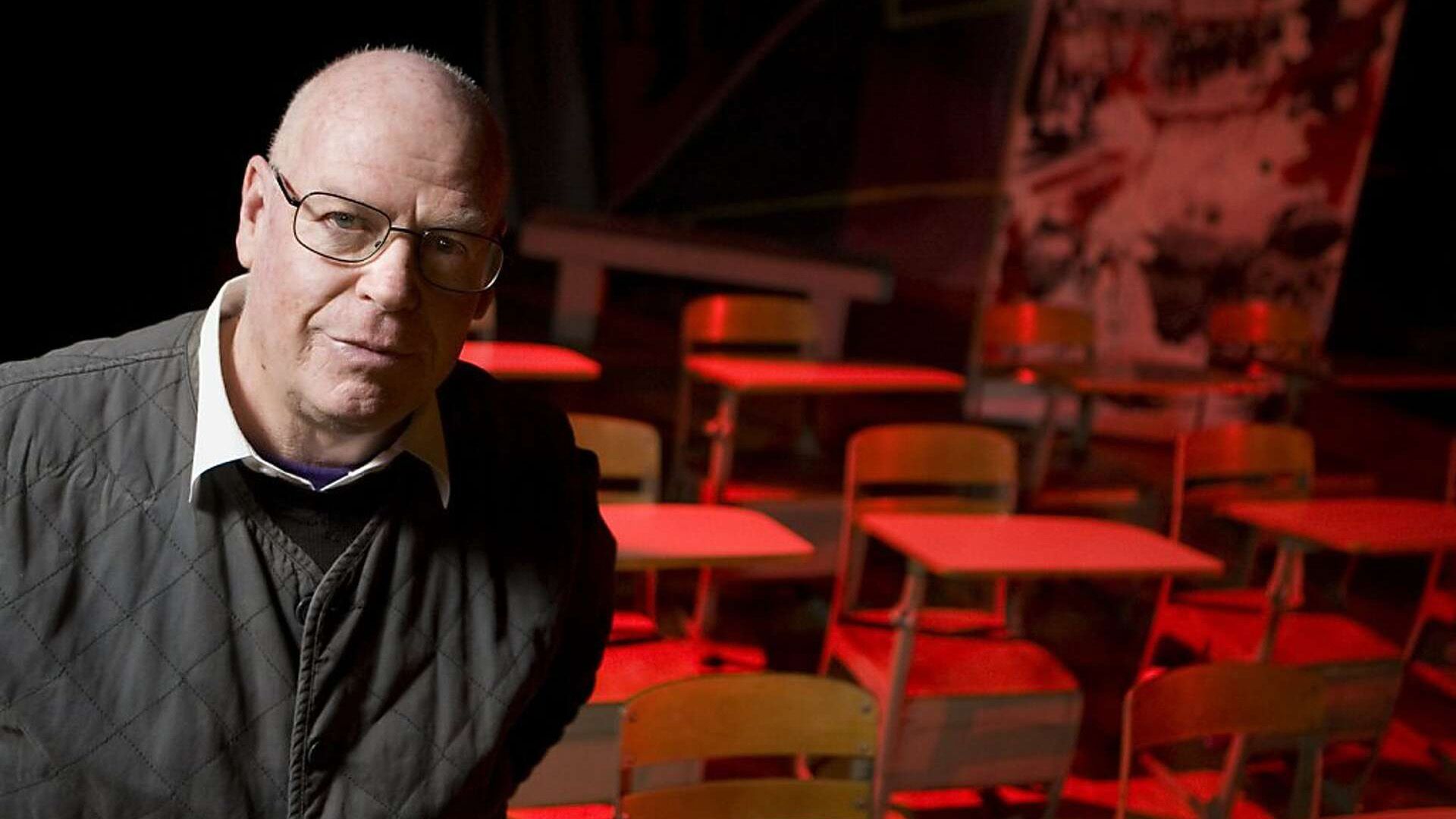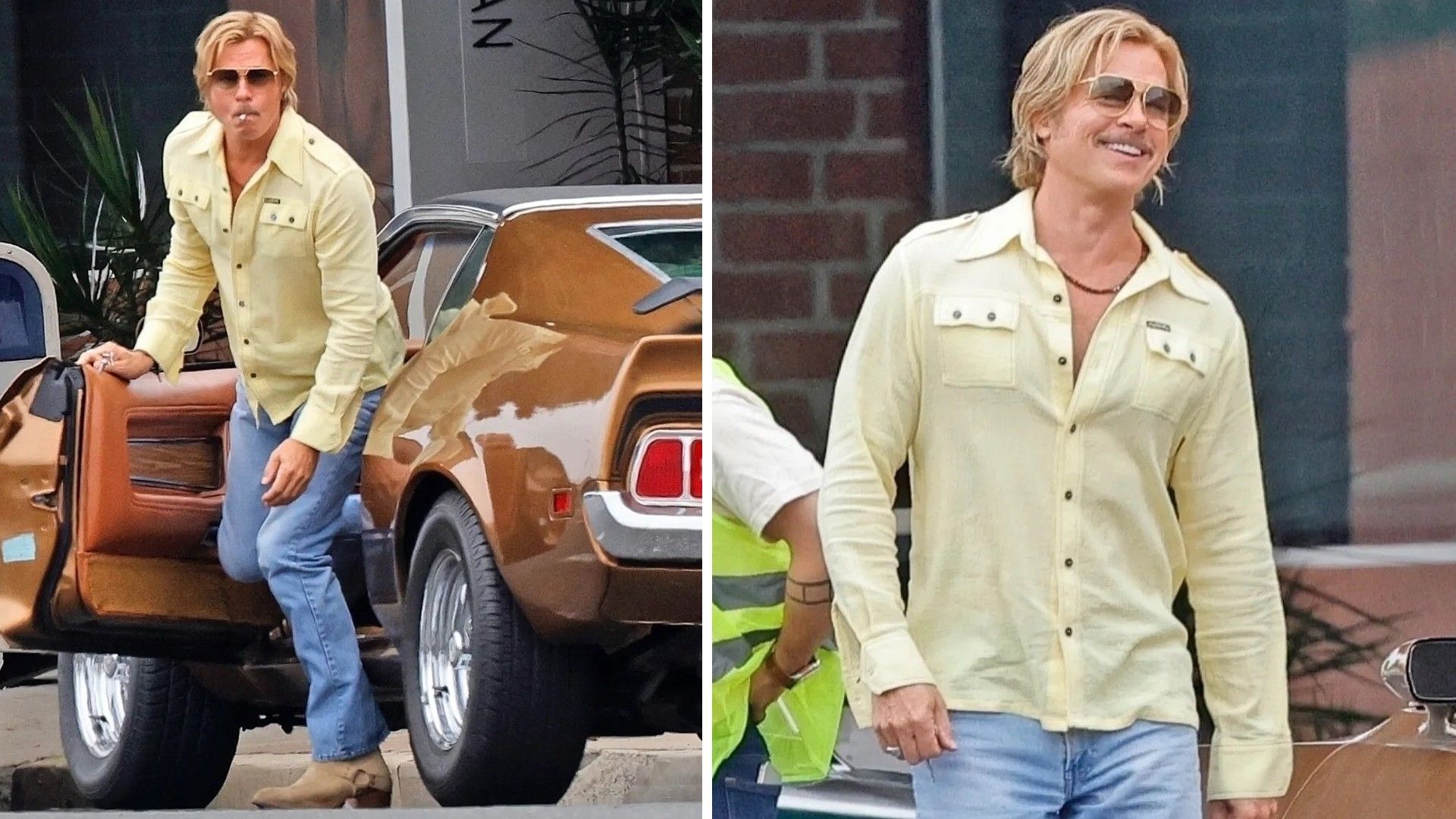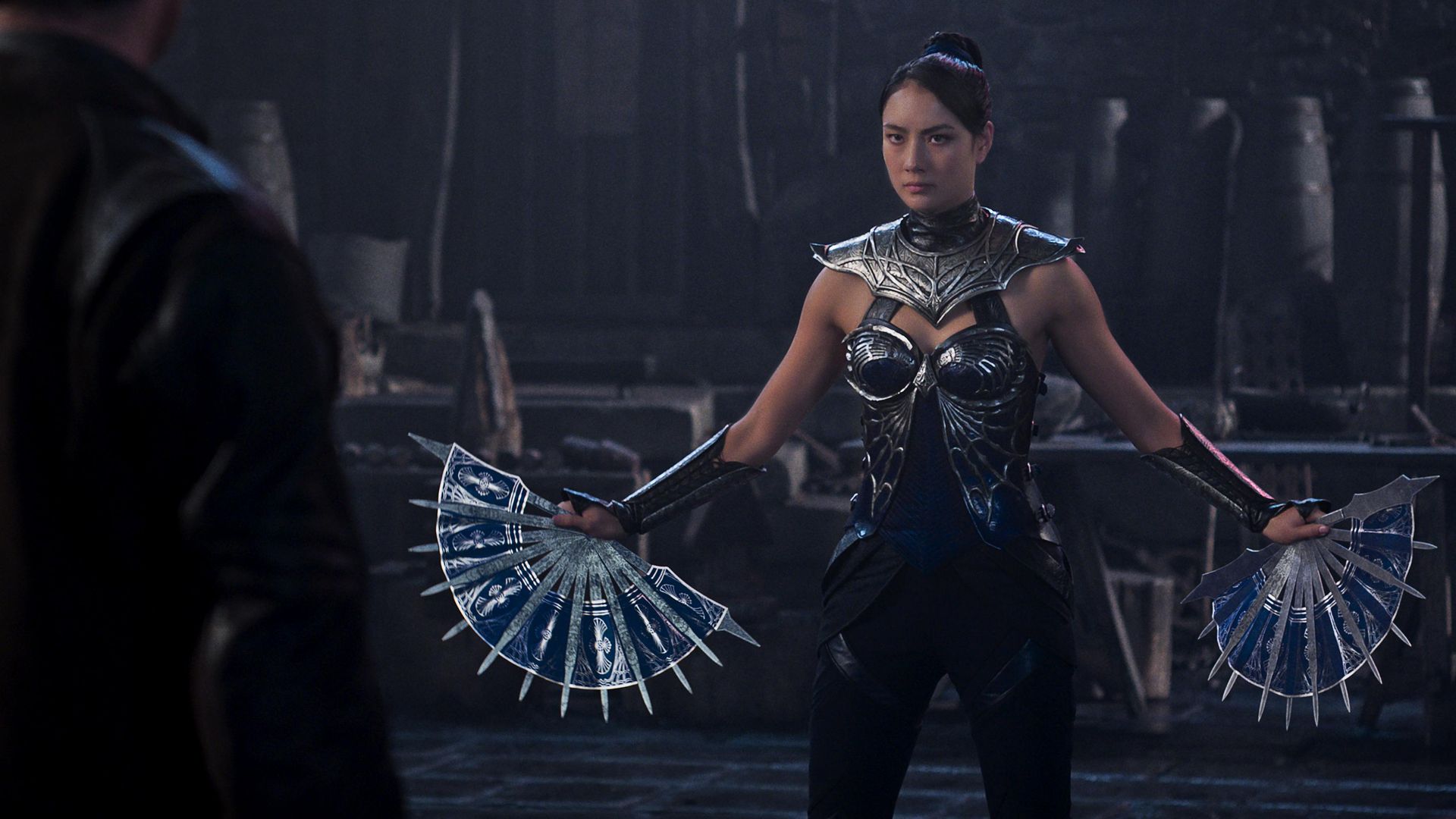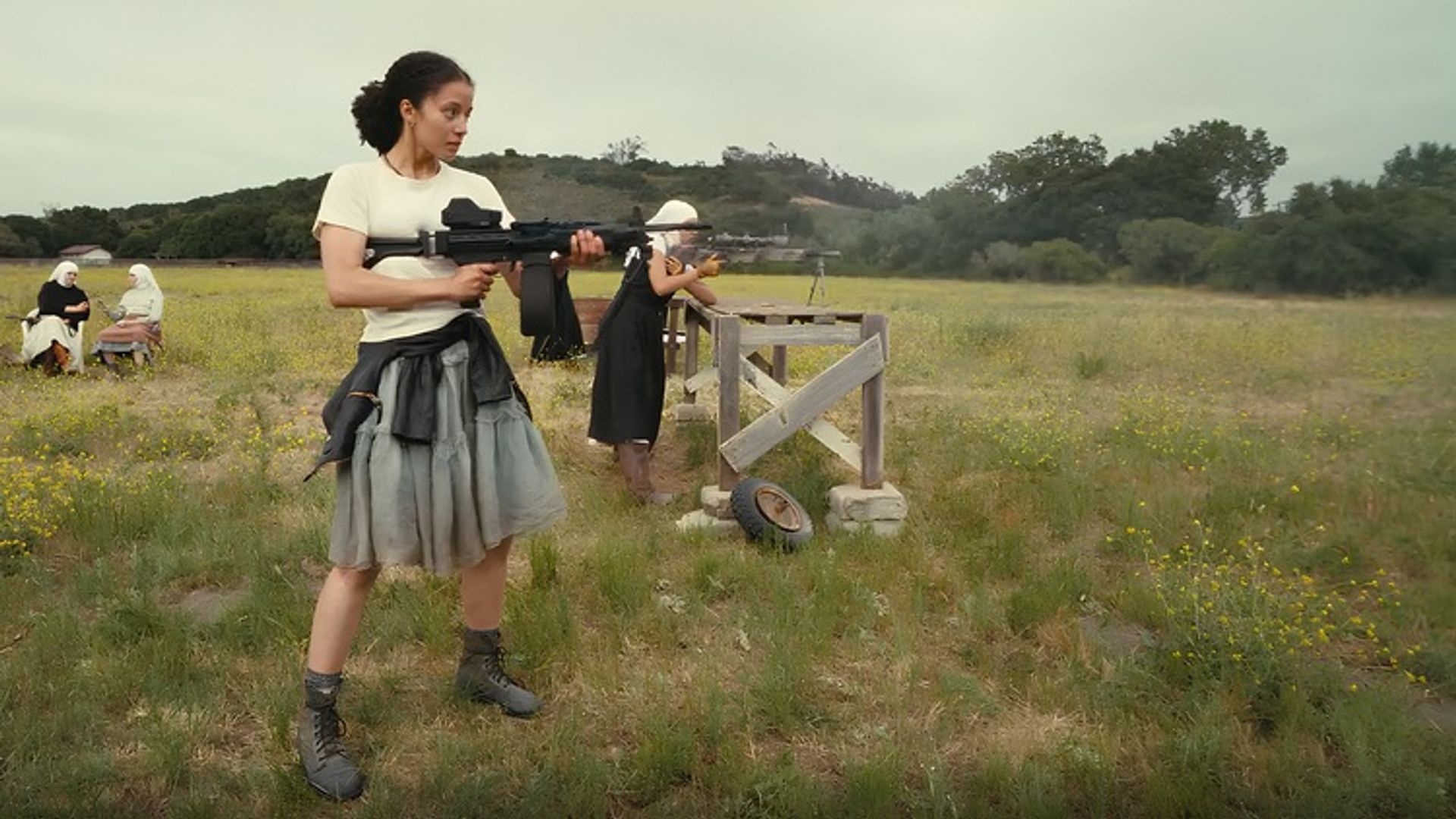The "Universe 25" Experiment (1968-1973)
The "Universe 25" study, conducted by American ethologist John Calhoun between 1968 and 1973, examined the impact of high population density on mouse behavior. The scientist created a kind of "utopia" for the rodents—a spacious enclosure with unlimited food, water, and comfortable living conditions.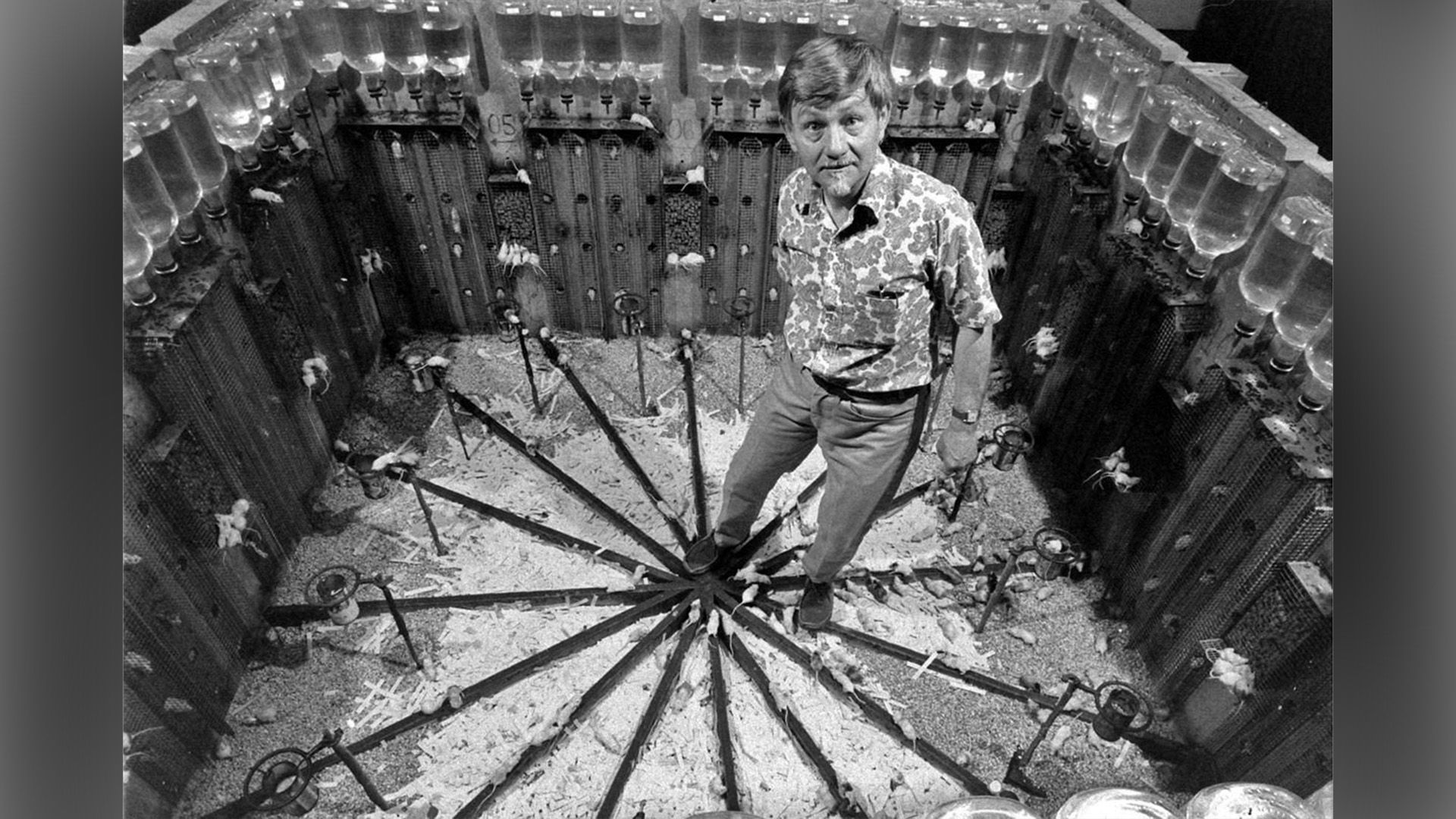
However, significant behavioral anomalies soon emerged: males became either excessively aggressive or apathetic; females started neglecting maternal duties; groups of antisocial individuals formed; unusual forms of sexual behavior appeared; and cases of cannibalism increased.
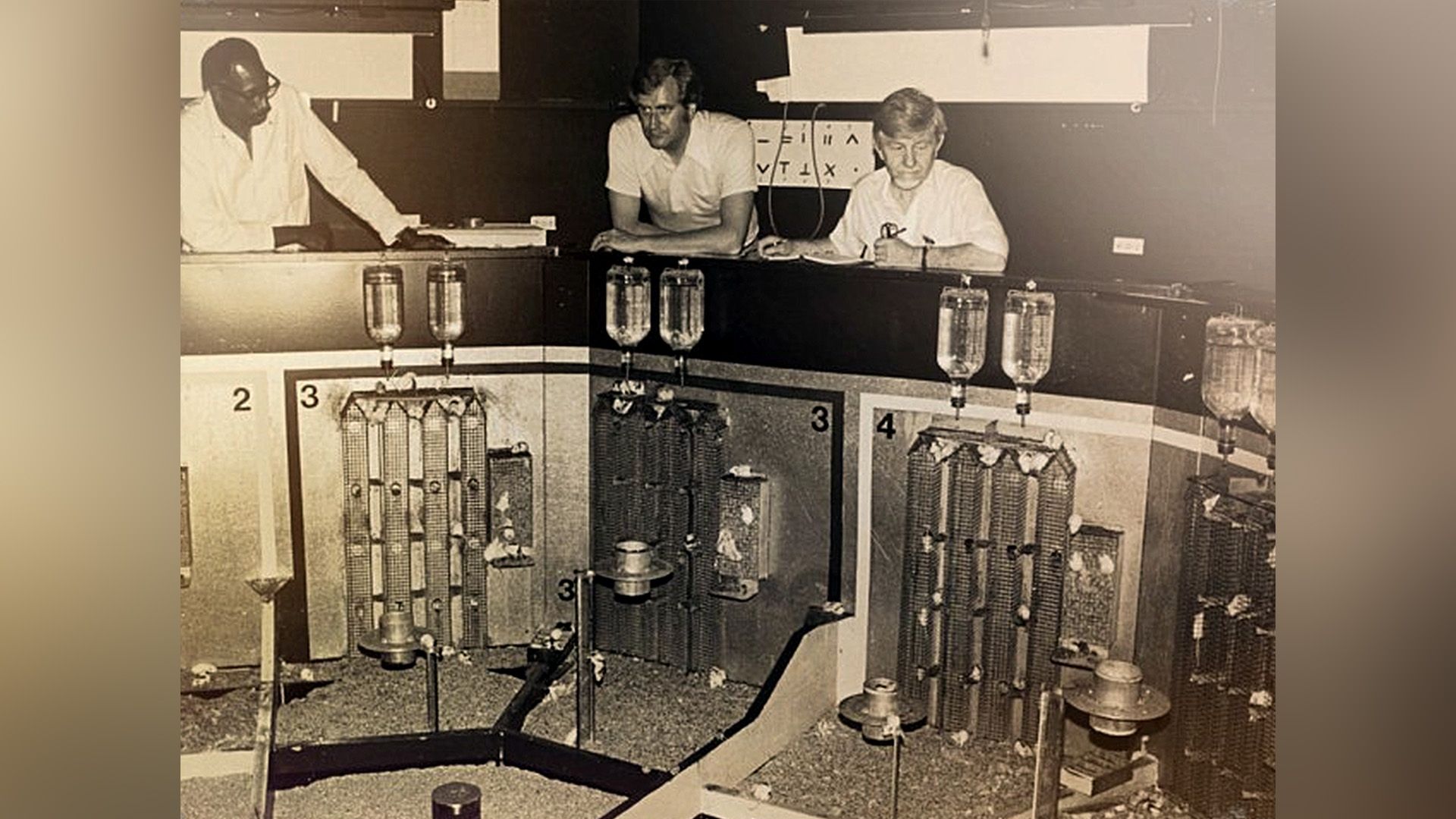
The "Little Albert" Experiment (1920)
John Watson and Rosalie Rayner conducted this controversial experiment to study conditioned emotional reactions.The subject of the experiment was a 9-month-old boy named Albert. Initially, he was not afraid of white rats. The researchers began showing him the rodent accompanied by a loud and frightening sound.
As a result, the child developed a strong fear not only of rats but also of other furry objects and animals. The experiment faced severe criticism due to its lack of ethics and the potential harm to the child's psyche.
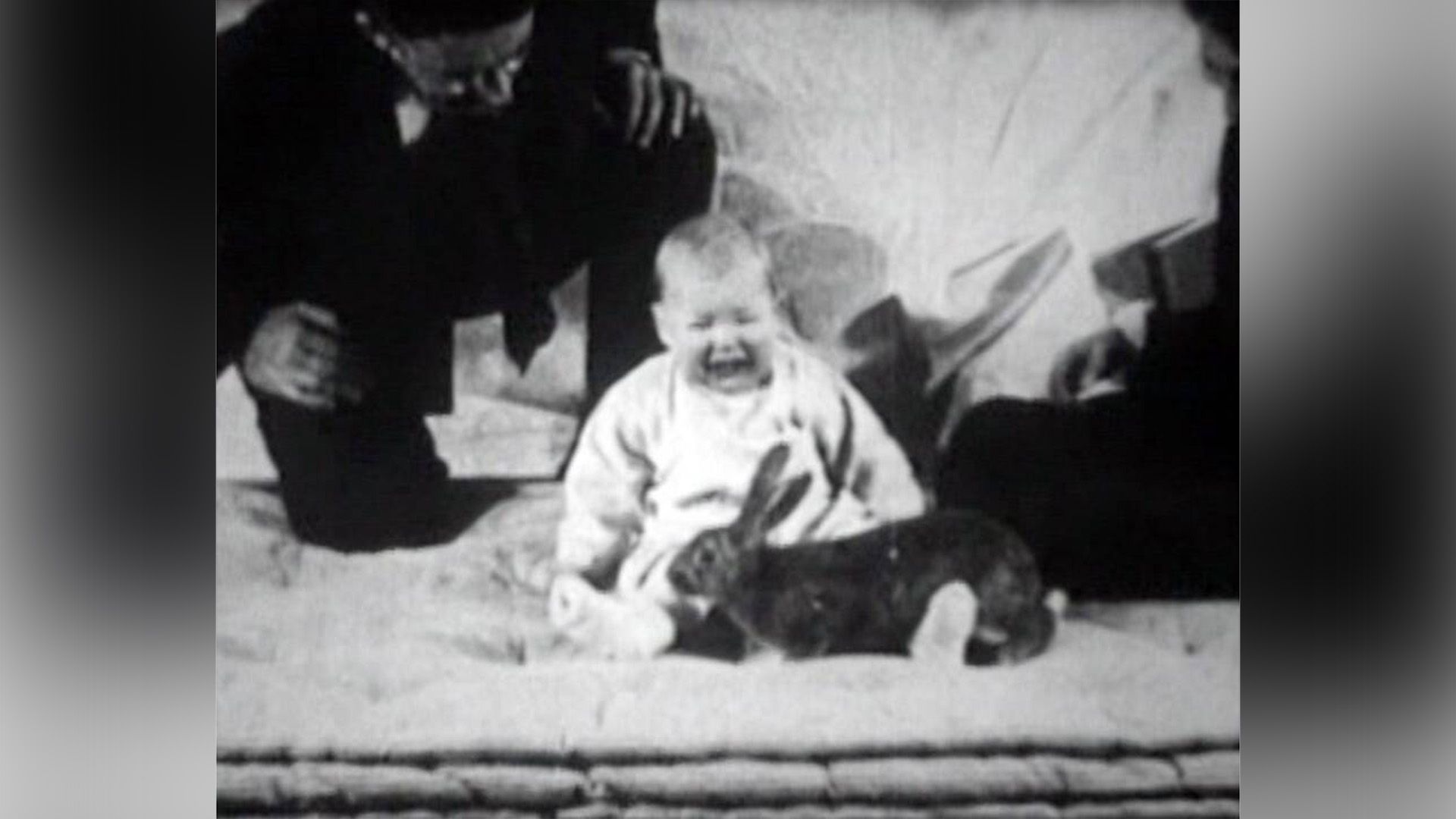
The Experiment with the Two-Headed Dog (1950s)
The Soviet researcher Vladimir Demikhov conducted a series of experiments involving the transplantation of a dog's head. He attached the head and front paws of a puppy to the neck of an adult dog, thus creating a two-headed creature.Both heads could function independently - they drank, ate, and reacted to the environment. The dog that lived the longest survived for 29 days.
Demikhov's experiments, though ethically shocking, made a significant contribution to the development of transplantology.
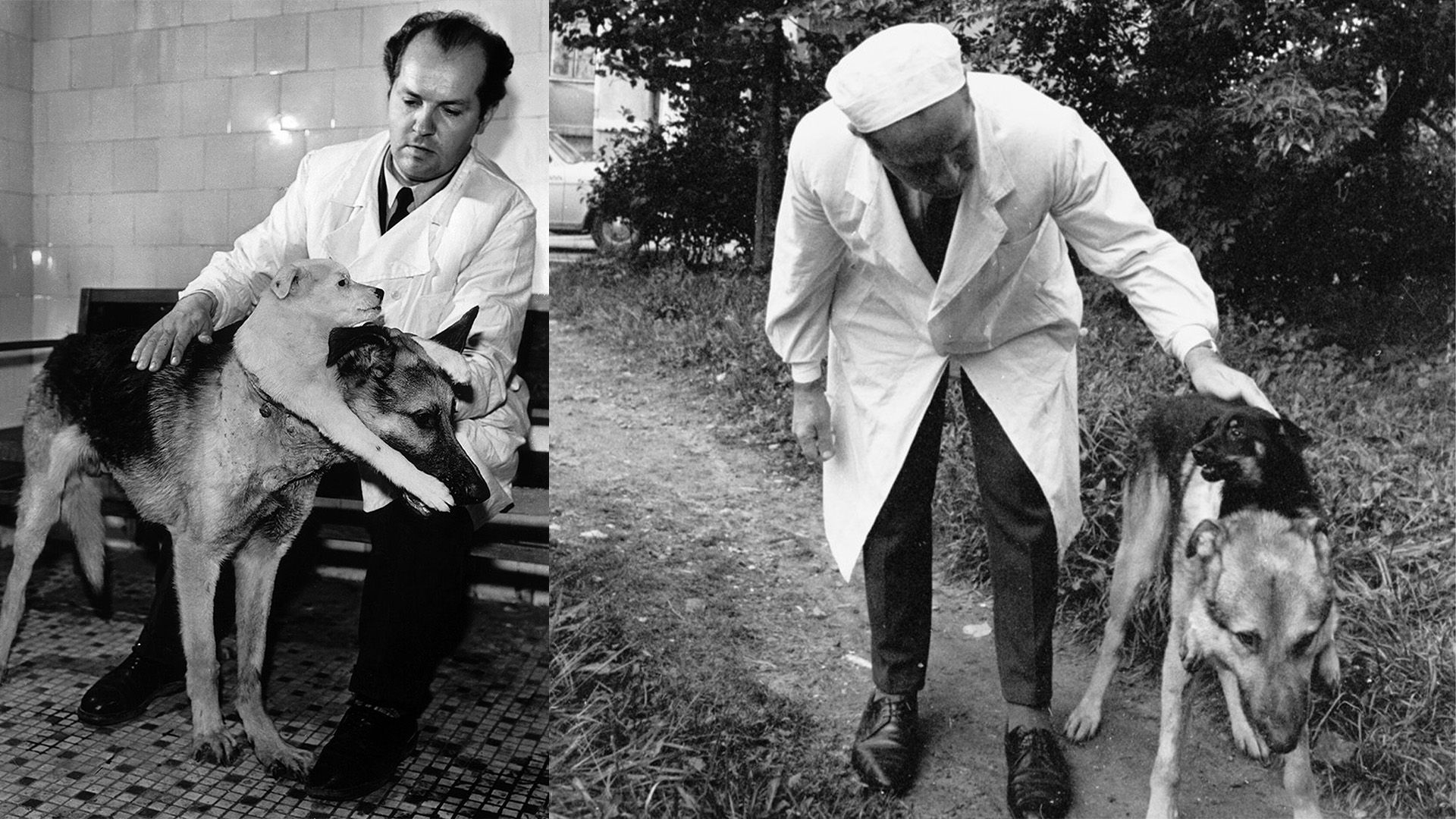
Training Pigeons to Distinguish Between Picasso and Monet (1990s)
In 1995, Japanese researcher Shigeru Watanabe taught pigeons to distinguish between Picasso and Monet paintings. The birds received grains if they pecked at a Picasso image. Gradually, they learned to associate his paintings with a reward.Surprisingly, the pigeons could even distinguish works by these artists they had not seen before, demonstrating the ability to generalize and recognize styles.
They managed the task even with black-and-white or blurred images. This discovery raised questions about the nature of art and how different species perceive visual information.
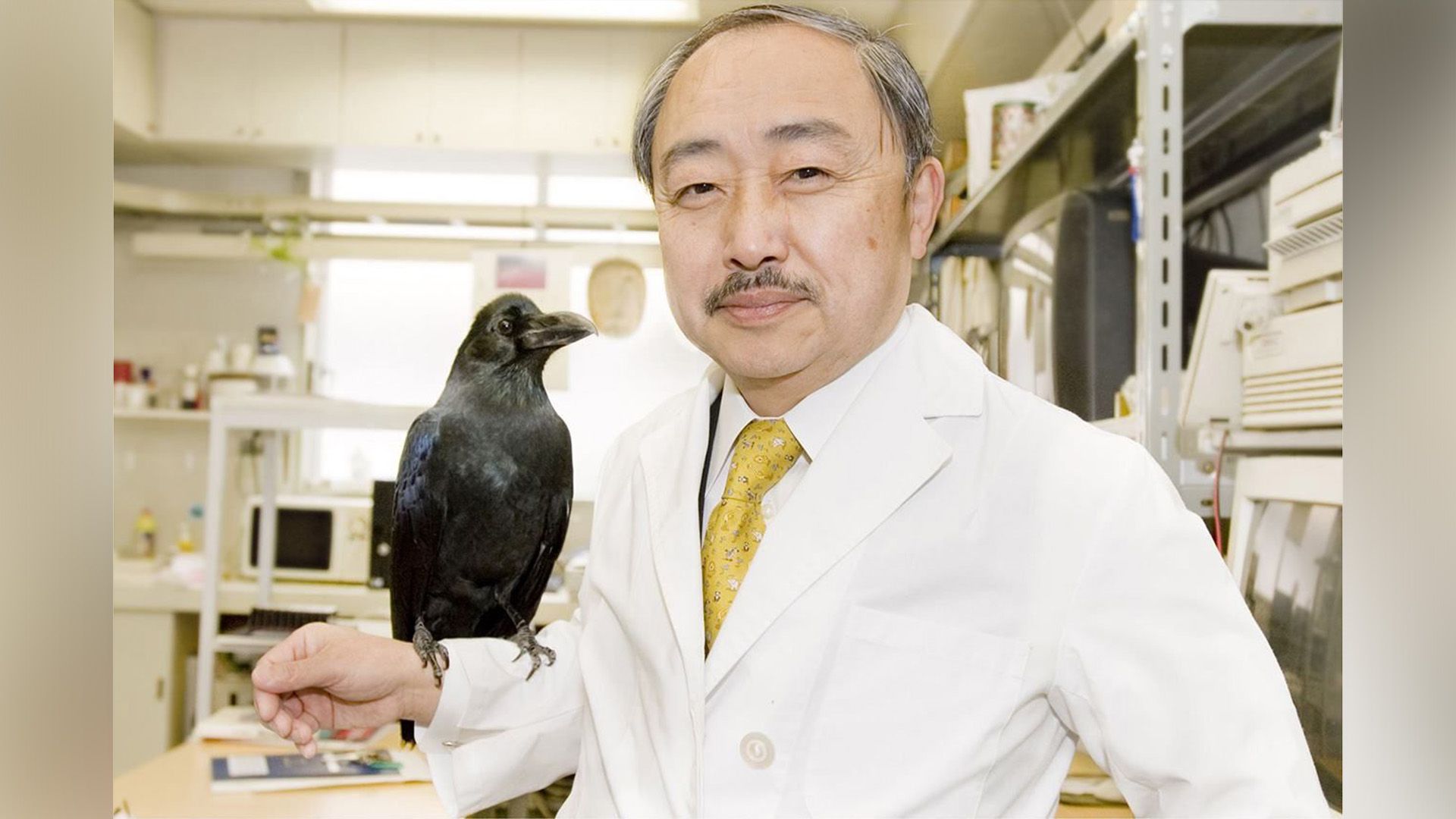
The Third Wave Experiment (1967)
In 1967, history teacher Ron Jones conducted an experiment called "The Third Wave," demonstrating to high school students the mechanisms of public consciousness manipulation.He organized a movement with a strict hierarchy, a special uniform, and a unique salute.
